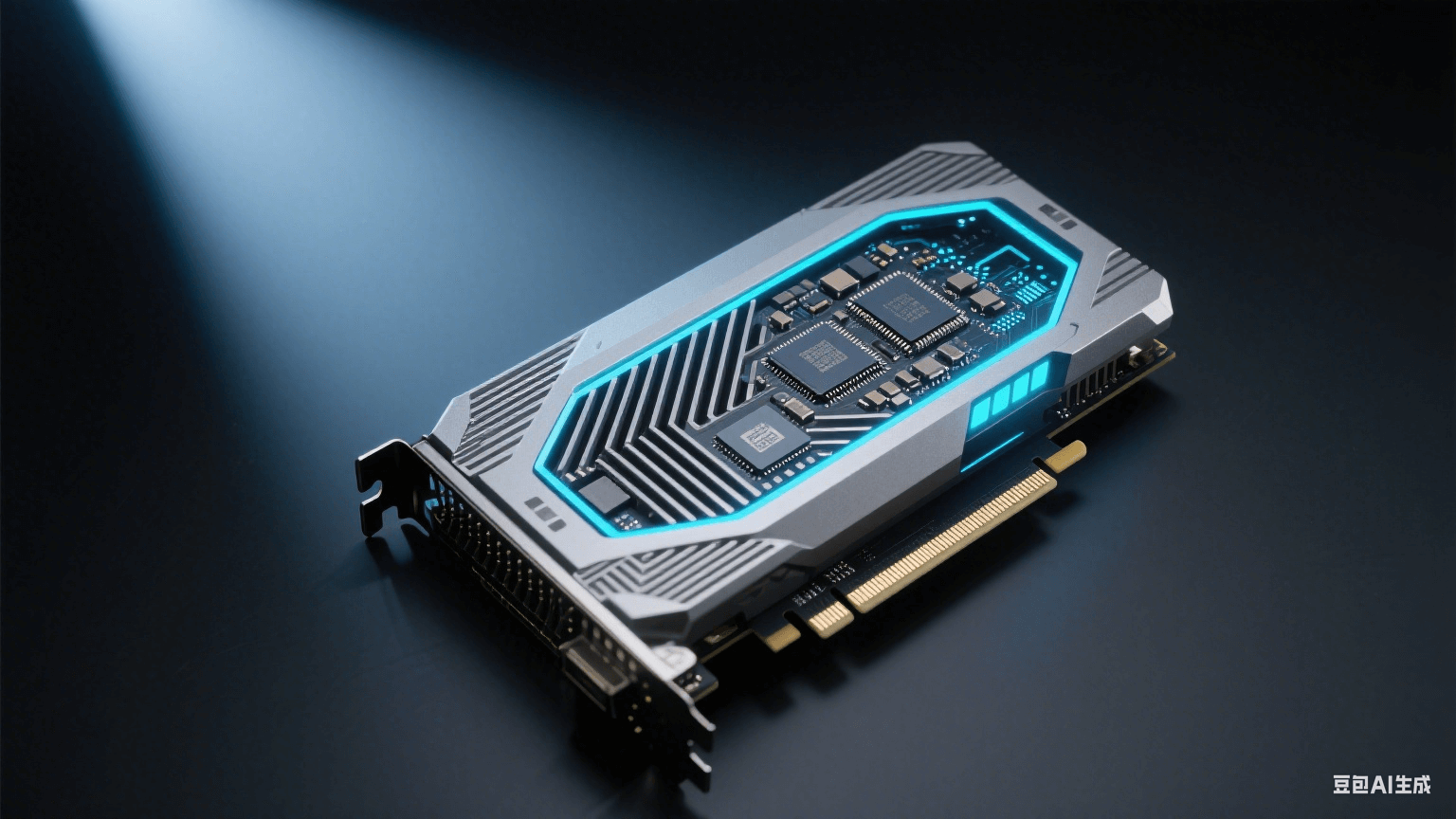Generative AI models have gone far beyond their original design. Initially, they were seen simply as tools for automating basic tasks, but now they’re redefining creativity, business processes, and even entire industries. With advances in machine learning and neural networks, generative AI models are doing things that were once unimaginable. From crafting art and writing music to developing real-world solutions in healthcare, the scope of their capabilities continues to grow. Let’s dive into some of the most unexpected ways these AI models are shaking up the world as we know it.
Generative AI Models Beyond the Basics
At their core, generative AI models are designed to learn from vast datasets, analyze patterns, and create something new. What makes them truly fascinating is how they transcend the traditional boundaries of their initial use cases. These models don’t just perform automated tasks; they generate entirely new content, ideas, and solutions. In many cases, the results are not only surprising but remarkably sophisticated.
For AI companies working with generative models, having access to the right GPU hardware is crucial. WhaleFlux, with its intelligent GPU resource management, enables enterprises to maximize the performance of their generative AI models while minimizing cloud computing costs. By optimizing multi-GPU clusters, WhaleFlux ensures that AI workloads, whether in content creation or complex scientific simulations, run smoothly, delivering faster results without compromising on quality.
Creative Content Creation: AI’s Artistic Side
AI-generated Art: The New Wave of Creativity
Generative AI is revolutionizing the creative industry in ways few could have anticipated. With deep learning techniques, AI models are now able to create stunning visual art from scratch, blurring the lines between human-made and machine-made art. From abstract paintings to hyper-realistic digital portraits, AI is acting as a co-creator, offering endless possibilities to artists and designers alike. In fact, AI-generated art has found its way into galleries, auction houses, and even the homes of collectors.
Music and Poetry: How AI Models Are Composing Hits
The world of music composition has also witnessed a dramatic shift. AI models like OpenAI’s MuseNet and Google’s Magenta are able to compose music across various genres—from classical to jazz, pop, and even avant-garde. These AI systems can produce pieces that are indistinguishable from compositions created by human musicians. They don’t simply mimic existing songs; they create entirely new melodies, harmonies, and arrangements that challenge the notion of creativity itself.
But it doesn’t stop at music. AI models are also crafting poetry that evokes emotion, tells a story, and captures the essence of human experience. By learning the structures of language, tone, and rhythm, AI-generated poetry has started to find its place in literary circles, pushing the boundaries of what we consider “authentic” artistic expression.
Unexpected Storytelling: AI’s Role in Writing Books and Scripts
Another unexpected avenue where generative AI models are making their mark is in writing. These models are capable of generating short stories, novels, and even movie scripts. AI can analyze narrative structure, dialogue, and character development to create stories that feel organic and engaging. Writers are now using these tools to help brainstorm ideas, develop plotlines, or even craft entire chapters. With AI’s ability to merge vast amounts of data, it can pull inspiration from historical texts, modern media, and user-generated content, resulting in stories that captivate audiences in novel ways.
Business and Marketing: AI Models as Powerful Tools
Personalized Content at Scale: A Game-Changer for Marketing
In the realm of business, generative AI models have proven to be an invaluable tool for marketing. These models can create personalized content at an unprecedented scale, ensuring that each message resonates with its target audience. Whether it’s generating email campaigns, creating product descriptions, or crafting engaging social media posts, AI can tailor content to specific demographics, interests, and behaviors. This level of personalization, once reserved for human marketers, is now automated, allowing businesses to reach their audience more effectively while saving time and resources.
Crafting Realistic Product Images Without a Photographer
Generative AI is also making waves in product photography. AI models can generate hyper-realistic images of products without needing a photographer, studio, or expensive equipment. By analyzing existing product images and applying learned patterns, these models can create new, realistic visuals, saving businesses both time and money. This has huge implications for e-commerce businesses that require a vast amount of product images but lack the resources for traditional photoshoots.
Generating High-Converting Copy That Feels Human
AI-generated copywriting is another unexpected tool that is transforming marketing strategies. These models can generate highly effective and persuasive copy for ads, landing pages, and sales emails—often with a human-like touch. By analyzing language patterns, consumer behavior, and market trends, generative AI can craft copy that feels authentic while driving conversions. Businesses can now create tailored marketing materials without the need for extensive human input, allowing them to focus on strategy and creative direction.
Tech and Innovation: Pushing the Boundaries of Development
AI-Generated Code: Can It Really Build Software?
When it comes to software development, AI models have started to take on a surprising role: code generation. Tools like GitHub Copilot, powered by OpenAI’s GPT models, are helping developers by suggesting code snippets, debugging errors, and even writing entire functions. While these AI systems still require human oversight, they are accelerating development timelines and reducing the mundane tasks of coding. In the near future, we could see AI taking over more complex coding tasks, freeing up developers to focus on higher-level problem-solving and innovation.
Designing Prototypes with the Help of AI
Designers and engineers are now leveraging AI to assist with prototype creation. By analyzing design requirements and user preferences, AI can generate 3D models, layouts, and even optimize design structures for functionality and aesthetics. This doesn’t just speed up the prototyping process; it also allows for the testing of multiple variations in a fraction of the time it would traditionally take. AI’s ability to simulate real-world conditions further enhances the quality of prototypes before they’re physically created.
How AI Models Are Accelerating Scientific Discoveries
In the world of science, AI is breaking down barriers in fields like biology, chemistry, and physics. Generative AI models are being used to simulate chemical reactions, predict molecular structures, and even accelerate drug discovery. These AI systems can process massive datasets faster than humans, identify patterns, and propose new theories or solutions. This is proving invaluable in industries like pharmaceuticals, where the search for new treatments and cures can take years, if not decades
Healthcare and Medicine: Revolutionizing Patient Care
AI Models Predicting Diseases Before Symptoms Show Up
AI’s role in healthcare is one of the most extraordinary developments in recent years. Generative AI models are helping doctors predict diseases before they manifest. By analyzing medical history, genetic data, and lifestyle factors, these AI systems can identify early signs of conditions such as cancer, diabetes, and heart disease. This predictive ability not only saves lives but also enables more targeted and personalized treatment plans.
Personalized Medicine: Tailoring Treatments with AI Models
Generative AI is also transforming personalized medicine. By analyzing genetic data and other medical information, AI can help doctors tailor treatments to individual patients. These models can predict how a patient will respond to a particular drug or therapy, allowing for more effective and less risky treatments. As a result, patients receive care that’s specifically suited to their needs, improving outcomes and minimizing side effects
Creating Realistic Medical Images for Better Diagnoses
AI’s ability to generate realistic medical images is proving crucial in diagnostics. By processing vast amounts of data from medical imaging, generative models can create highly accurate images that assist doctors in diagnosing conditions. This technology is particularly valuable in areas like radiology, where accurate image interpretation is critical. AI models can even highlight areas of concern, helping doctors identify issues earlier and more accurately.
Education: How AI Models Are Shaping Learning
AI Tutors: Personalized Education for Every Student
The world of education is also benefiting from generative AI. AI-powered tutoring systems are providing personalized learning experiences for students of all ages. By analyzing student performance, preferences, and learning styles, these models can adapt lessons to ensure maximum understanding and engagement. This individualized approach helps students grasp complex concepts and retain information more effectively.
Automating Educational Content Creation
Generative AI is also automating the creation of educational materials. From textbooks and worksheets to interactive quizzes and study guides, AI can generate learning content tailored to specific subjects and grade levels. Educators can now focus on teaching and mentoring, while AI handles the time-consuming task of content creation, ensuring that learning materials are always up-to-date and aligned with curriculum standards.
Simulating Real-World Scenarios for Hands-On Learning
AI-powered simulations are revolutionizing hands-on learning experiences. By generating realistic virtual environments, students can practice skills in a safe, controlled setting. Whether it’s medical students practicing surgeries or engineering students building virtual models, AI simulations provide a valuable learning tool that bridges the gap between theory and practice.
Entertainment: AI Models in Movies and Games
Creating Realistic Special Effects with AI
Generative AI is also making its mark in the entertainment industry, especially when it comes to special effects. AI can generate realistic visual effects and animations, often faster and more cost-effectively than traditional methods. This allows filmmakers to create intricate scenes that were once only possible with massive budgets and years of work. AI models can also assist in enhancing visual elements, improving lighting, and adding lifelike details to CGI, making scenes more immersive.
AI-Driven Game Design: The Next Level of Virtual Worlds
In the gaming world, generative AI is being used to design vast, dynamic virtual worlds. AI models can create landscapes, characters, and even quests that adapt to the player’s actions and decisions. This creates a truly immersive experience where no two gameplay sessions are ever the same.
Generative AI is transforming industries in ways few could have anticipated, from revolutionizing art and music to reshaping healthcare, education, and business. However, the power behind these models is only as strong as the GPU resources that support them. WhaleFlux provides AI enterprises with the high-performance GPU resources they need to unlock the full potential of generative models, offering reliable, cost-effective, and scalable solutions that help businesses stay ahead of the curve. Whether it’s creating realistic images, composing music, predicting diseases, or advancing scientific research, the right GPU infrastructure is essential for driving the next wave of innovation in generative AI.

